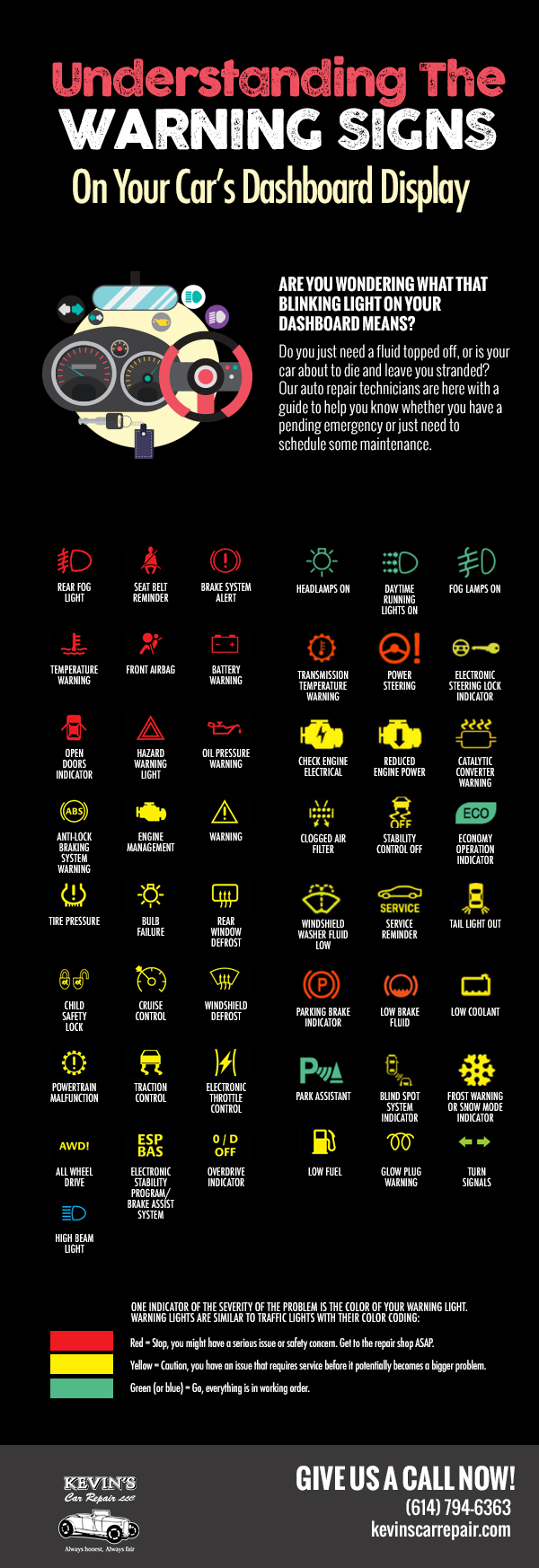Seeking Quality On The Caution Lights Displayed On Your Automobile'S Dashboard? Figure Out Just How They Associate With Your Vehicle'S Health And Wellness
Seeking Quality On The Caution Lights Displayed On Your Automobile'S Dashboard? Figure Out Just How They Associate With Your Vehicle'S Health And Wellness
Blog Article
car detail empire -Sykes Torres
When you lag the wheel, those radiant warning lights on your dashboard can be a bit complicated. Do you know what they're trying to inform you concerning your car's health and wellness? Recognizing the value of these lights is vital for your safety and the durability of your car. So, the next time one of those lights pops up, wouldn't you wish to understand its message accurately and take the needed steps to resolve it?
Common Warning Lights and Interpretations
Determine common warning lights in your automobile and understand their definitions to make certain risk-free driving.
One of the most common warning lights include the check engine light, which signals problems with the engine or exhausts system. If this light comes on, it's critical to have your lorry inspected immediately.
The oil pressure cautioning light indicates reduced oil pressure, requiring prompt focus to avoid engine damage.
A flashing battery light might recommend a faulty billing system, potentially leaving you stranded if not attended to.
The tire pressure monitoring system (TPMS) light signals you to reduced tire pressure, influencing vehicle stability and gas effectiveness. Overlooking this might lead to risky driving conditions.
https://www.france24.com/en/live-news/20220603-saudi-women-move-from-behind-wheel-to-under-the-hood shows a problem with the anti-lock braking system, endangering your capability to quit quickly in emergencies.
Last but not least, the coolant temperature level alerting light warns of engine overheating, which can result in serious damages if not fixed swiftly.
Recognizing these common warning lights will assist you resolve concerns immediately and keep risk-free driving conditions.
Relevance of Prompt Focus
Comprehending the typical warning lights in your car is just the very first step; the relevance of quickly dealing with these cautions can't be highlighted enough to guarantee your security when traveling.
When a warning light brightens on your dashboard, it's your cars and truck's method of interacting a prospective problem that needs interest. Overlooking these cautions can cause more extreme troubles later on, compromising your safety and possibly costing you much more out of commission.
Trigger focus to advising lights can prevent break downs and mishaps. As an example, a blinking check engine light might suggest a misfire that, if left ignored, can cause damage to the catalytic converter. Addressing this promptly can conserve you from a pricey fixing.
Likewise, a brake system cautioning light could signal low brake fluid or worn brake pads, essential parts for your safety when driving.
Do It Yourself Troubleshooting Tips
If you observe a warning light on your dashboard, there are a few DIY troubleshooting suggestions you can try prior to seeking expert help.
The primary step is to consult your auto's handbook to understand what the specific caution light indicates. Sometimes the problem can be as straightforward as a loosened gas cap setting off the check engine light. Tightening up the gas cap may resolve the problem.
One more common issue is a low battery, which can trigger different advising lights. Examining the battery connections for deterioration and ensuring they're safe and secure might deal with the problem.
If a warning light lingers, you can attempt resetting it by separating the cars and truck's battery for a couple of minutes and after that reconnecting it. Furthermore, checking your automobile's fluid degrees, such as oil, coolant, and brake fluid, can aid fix cautioning lights connected to these systems.
Final thought
In conclusion, understanding your car's caution lights is essential for maintaining your car running efficiently and securely. By without delay addressing these signals and understanding what they mean, you can avoid expensive repair services and potential malfunctions.
Keep in mind to consult your auto's manual for specific details on each alerting light and do something about it accordingly to guarantee a hassle-free driving experience.
Stay notified, remain risk-free on the road!
